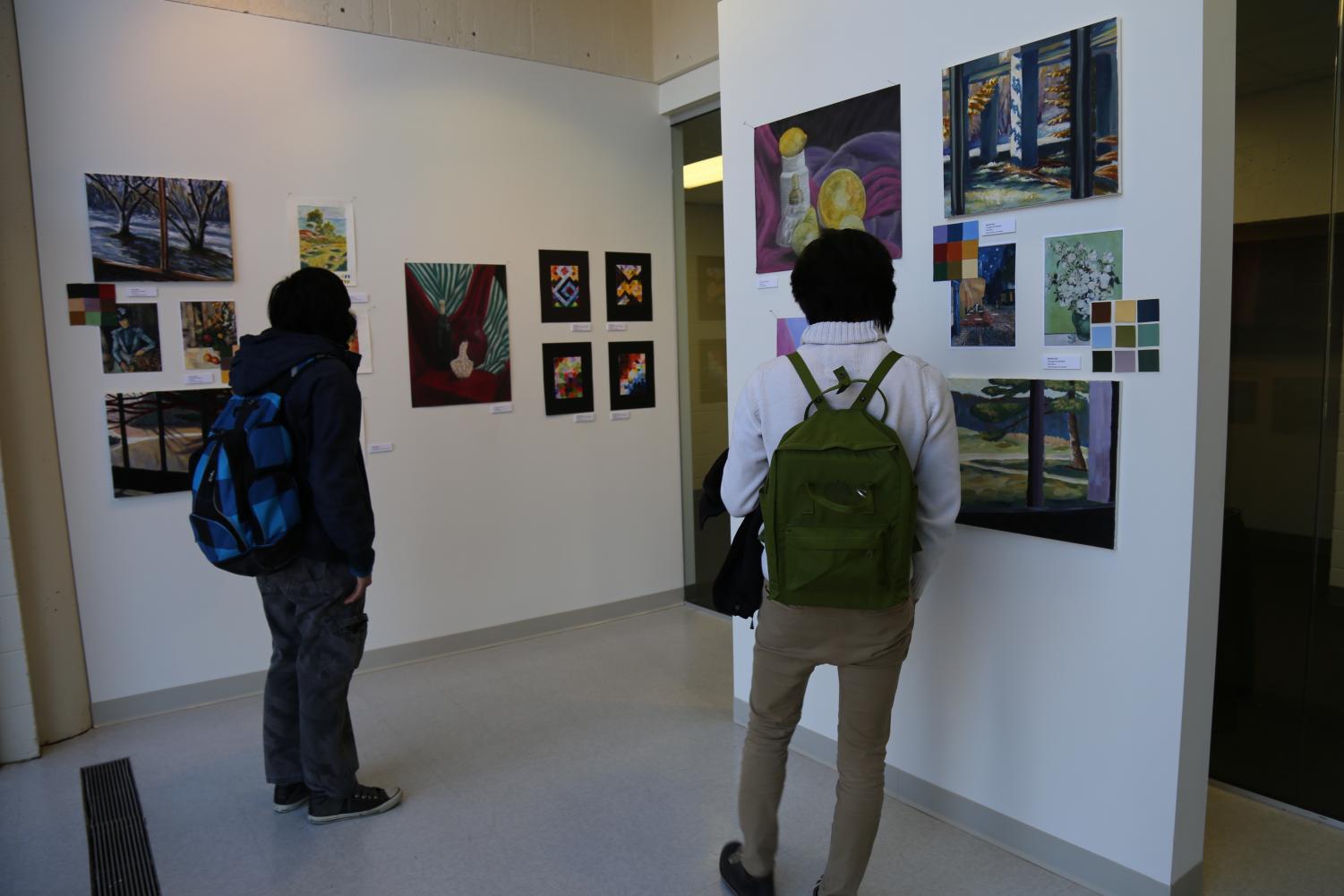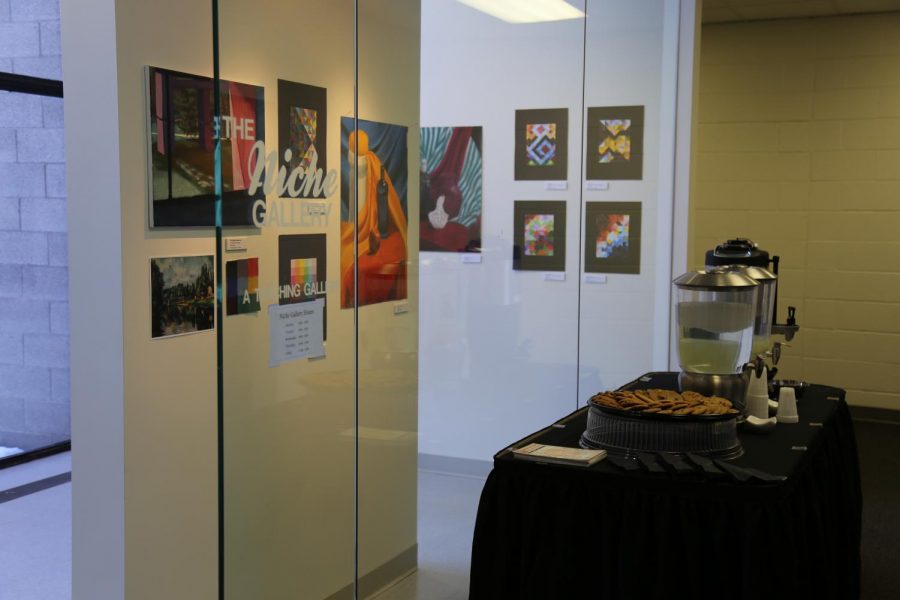Century College’s New Art Gallery: Inspiring the Artist in You
April 27, 2020
There is a long-standing tradition of establishing art galleries, also known as teaching museums, on university and college campuses in the United States. The first teaching museum on this side of the globe was established in 1832 on the Yale University campus. Teaching art galleries and museums are often multi-use art centers where students can experience objects and artifacts first-hand instead of merely studying them in textbooks or online. For instance, some medical programs use art to teach students visual analysis, pattern recognition, or how to better empathize with patients.
Here at Century College, art students currently exhibit their work at the Niche Gallery. Tucked away in a small area on the second floor of the West Campus, the Niche Gallery is easy to miss. Yet, in spite of its size, the gallery has worked actively to establish cross-disciplinary connections with many areas of study not typically associated with college museums. The work exhibited there teaches science, engineering, and business students how to engage with open-ended exploration.
The Art Department is invested in accommodating the need for more arts on campus. Justin Allen, Photography CLA and Installation Assistant for the Niche Gallery, explains that Century College is in the process of adding a new gallery on the West Campus. “Although [the new gallery] will serve a similar purpose as the original Niche Gallery, it will be much larger and more visible to students, staff and community members on campus.”
There exists a common misconception that art is only for artists. Some members of the Century College community may wonder about the relevance of an art gallery to their course of study or their lives. Art Department Chair Neil Johnston is convinced that art is for everyone because it can be used as a means of self-expression. Johnston hopes the new setting will challenge people’s assumption about what art is and who can make art. The new gallery will play an important role in encouraging the appreciation of art and its role in society through direct engagement with original works of art created by students and local artists. This creative venue will be used to stimulate active learning about art and the creative process through research, teaching, and dialogue among the diverse communities of students, faculty, artists, scholars, alumni, and the broader public.
Johnston also envisions the new gallery as a welcoming space where students can feel empowered when they see artists from their own communities making the type of art that is representative of their own experience. This may inspire students to explore their own artistic vision and freedom of expression. Johnston underscores “the importance of using art to give people a voice.”
Drug and Alcohol Counseling student and multimedia artist Rebecca Mathison could not agree more. Mathison, who is pursuing a degree in art therapy, believes that it is important that people have a chance to present their story through art. She thinks doing so has the potential to heal those who have experienced trauma. Mathison envisions the new gallery as a place where students can attend mini art therapy sessions during finals week, a period when self-care is essential to coping with stress. Mathison points to the ways that art can help students work through emotional pressure and trauma which often block mental clarity. Furthermore, she reminds us of the underappreciated correlation that exists between art and scientific innovation.
Many of today’s technologies and groundbreaking discoveries, from cell phones to anti-malware, rely on art and a unique kind of technological aesthetic. Art is often considered a catalyst for innovation because it allows people to develop the muscle required for analytical thinking and discernment. The arts have the potential to foster in people the level of determination and self-confidence that leads to finding innovative solutions to problems.
Hager Ayalew, a student in the Automotive Service Technology program, clearly sees the connection between art and science. He says that working with cars is like working with a puzzle and that art inspires unexpected solutions to mechanical auto problems. Ayalew, who himself often dabbles in impromptu sketching, subscribes to the idea of art as an effective tool for self-exploration and healing. “Art allows you to take time for yourself when you’re trying to figure out an emotion and don’t feel like talking to people.” Ayalew enjoys hanging out at The Connection, where he gets a chance to interact with peers from a variety of social backgrounds. While he is looking forward to using the new gallery in a similar way, he also sees himself attending artist talks and making visits there when in search of insight and an uplifting experience.
The original location of the Niche Gallery will continue to serve as a locale to showcase the work of amazing student artists here on campus. Allen says that the new gallery is invested in “highlight[ing] Century College’s commitment to the arts in a much more polished and legitimate way.” It is so exciting to anticipate an art gallery here at Century where everyone is welcomed to attend programs and view captivating art. Our community is fortunate to have a space that sparks critical thinking and connects diverse audiences to authentic stories and meaningful experiences. Come and be inspired to discover the artist in you.
NOTE: Expect regular open hours, artist talks, film showings, exhibition openings, and possibly an impressive first show at Century College’s new art gallery in Fall 2020.


